Cityscape photography has become increasingly popular in recent years as downtown revival and walkability have been prioritized by city governments. Humans are intrinsically attracted to the patterns, lines, and vivacity of urban landscape images. Additionally, photographing cityscapes requires only a modest investment in camera gear, with a sturdy tripod and a decent wide-to-normal zoom lens being the most critical. Having spent the past five years living close to bustling city centers I have come to love photographing cityscapes. Research and trial-and-error are my teachers. In this article, I will share some common mistakes made by cityscape photographers, including several tips on how to take better cityscape photos yourself.
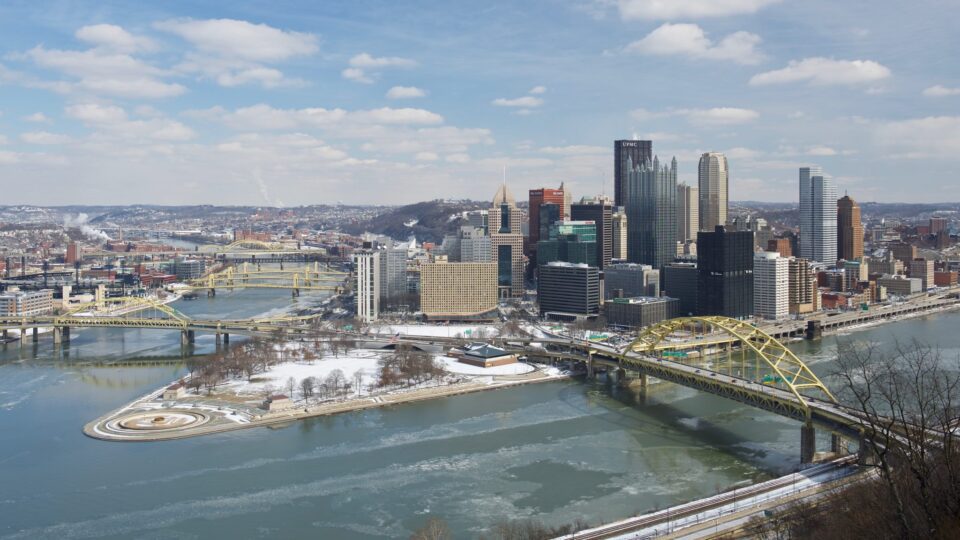
1) Underexposure
Problem: Modern cameras are good at automatically achieving proper exposure for daytime scenes, but they often struggle to balance bright artificial lights against an otherwise dark scene at night. As a result, many cityscape images taken after sunset end up underexposed.
Solution: It is important to check your camera’s histogram instead of relying on automatic modes or meter readings. If the histogram is heavy on the left, then you should increase your exposure to compensate. I generally overexpose my urban nightscapes up to one full stop over the meter reading.
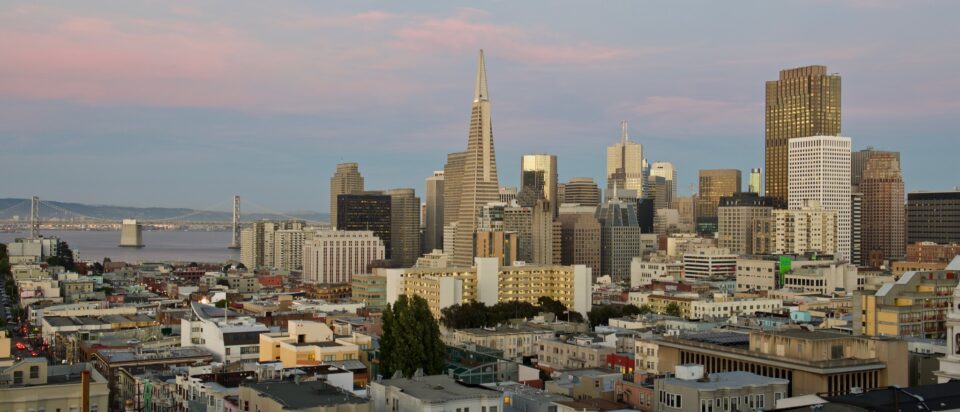
2) Black Night Skies
Problem: Total darkness is usually not the best time to photograph a cityscape. A black sky casts virtually no light compared to a city’s artificial lighting. As such, an urban scene photographed under these conditions will show lots of small bright spots, but little detail on the actual buildings.
Solution: If you are trying to capture a night cityscape, then I recommend arriving at the location at sunset and waiting until dusk falls. “Blue hour” is when the sky turns dark blue about 30-45 minutes after sunset and balances perfectly with artificial lights.
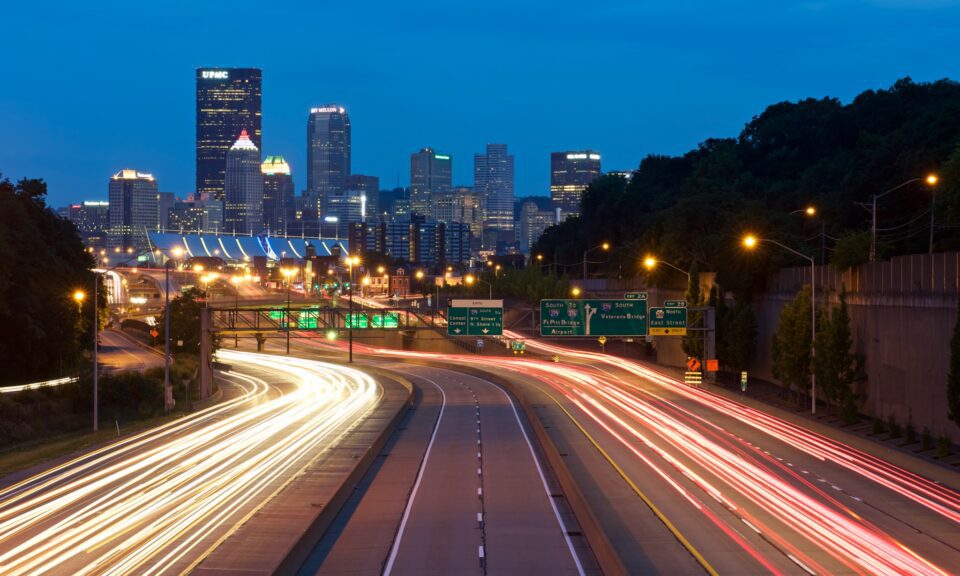
3) Bad White Balance
Problem: Just like your camera’s auto-exposure has trouble with artificial lighting, so does its automatic white balance. When artificial light achieves the same strength as natural light your camera will be hard pressed to determine which light source to balance off of.
Solution: If you are shooting RAW (which I highly recommend), then you can adjust your WB with image editing software. Either way, it is best to set WB manually. Cloudy WB on Nikon cameras seems to preserve natural colors the best. Additionally, make note that foreground objects and buildings in the background may be lit by lights with different color temperatures.
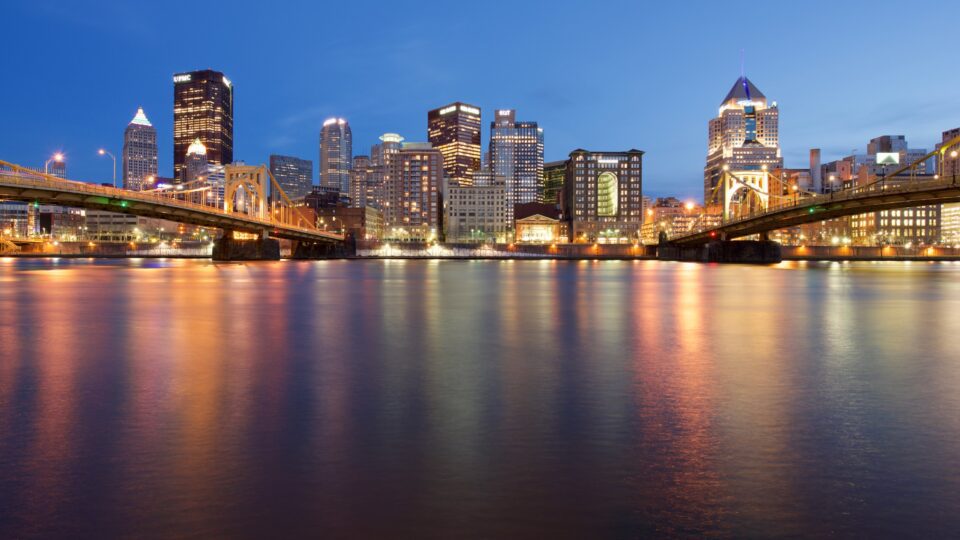
4) Converging Lines
Problem: Skyscrapers are the bread and butter of a cityscape. Straight lines converging (keystoning) because of perspective distortion is a good way to ruin a skyline. Perspective distortion is most commonly seen with wide-angle lenses.
Solution: My recommendation is to either keep your lens level to avoid keystoning or to make keystoning an obvious part of the image by shamelessly pointing your lens up or down. A slightly distorted scene is the worst, in my opinion. Additionally, tilt-shift lenses and image editing software allow photographers to straighten lines without compromising the framing of a scene.
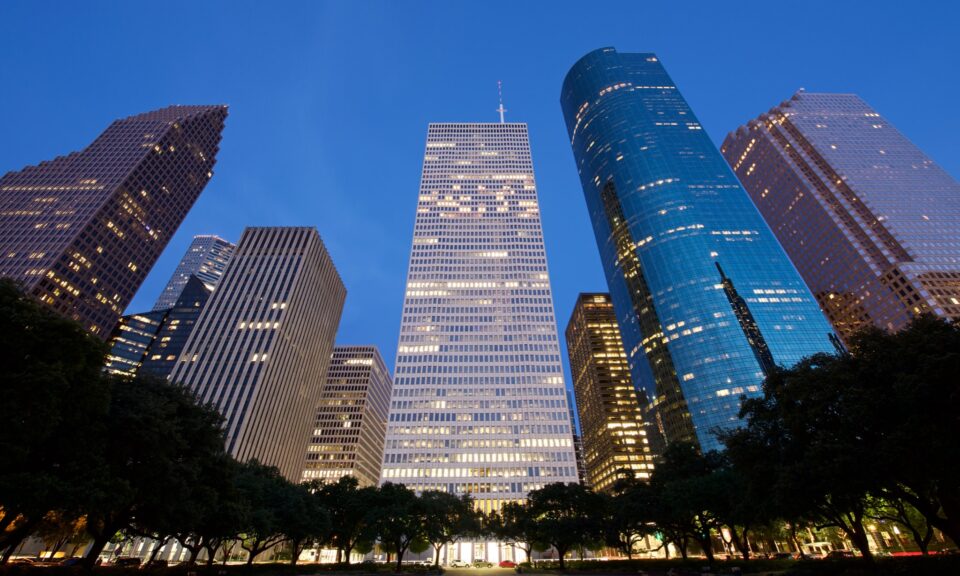
5) Poor Visibility and Bad Weather
Problem: Many cities are built near bodies of water. Water is a great asset for urban landscapes, but it can also be a liability. Fog, haze, and overcast skies may undermine an otherwise good cityscape.
Solution: Living in San Francisco has taught me first-hand that checking the weather before you attempt a shoot is important. If visibility is less than eight miles you will likely be dealing with fog or haze. A polarizing filter will help to cut through haze.
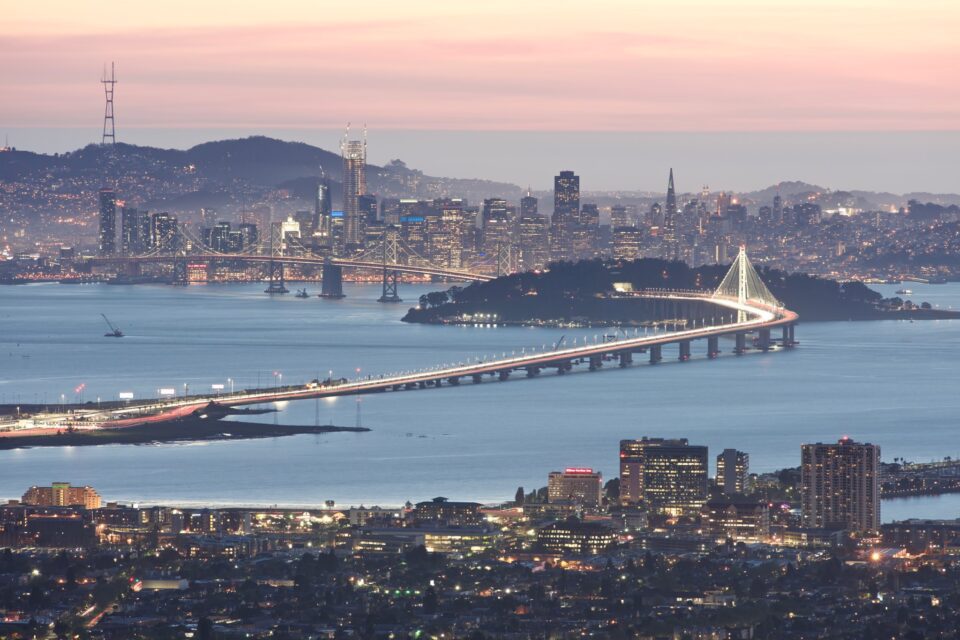
6) Construction
Problem: One of the realities of living in an urban environment is that large construction projects can get in the way of your photography. For example, a month ago I walked to Alamo Square Park to take a picture of the famous Painted Ladies in San Francisco. Upon arrival I realized that the park was undergoing renovations and no picture was possible.
Solution: If you are looking for a “perfect” image without distracting construction, then you will need to be patient and wait for the construction to go away.
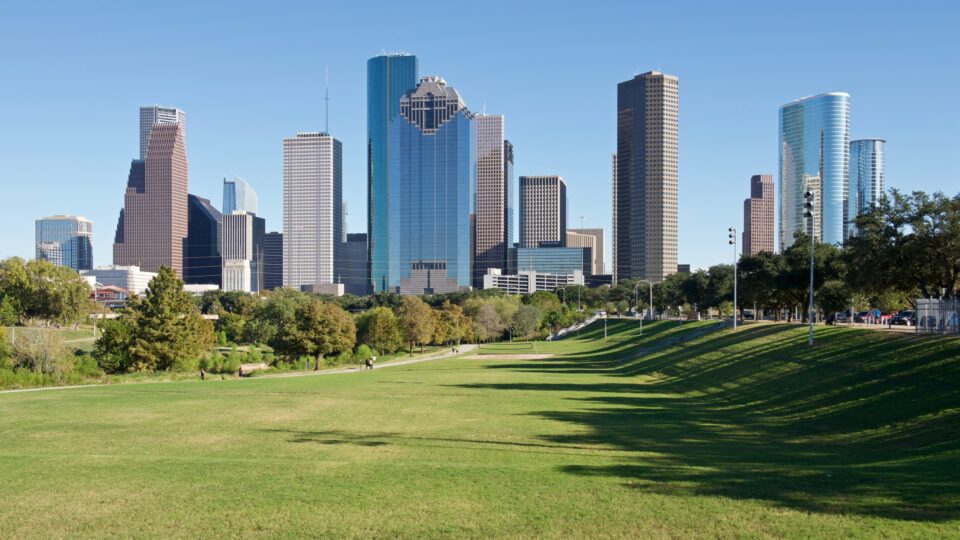
7) Closing Words
Urban landscapes are one of the most accessible types of photography because they can be captured with inexpensive gear in walkable locations. One way to differentiate yourself as a cityscape photographer is to avoid obvious pitfalls. Please share any additional tips you may have in the comments below.